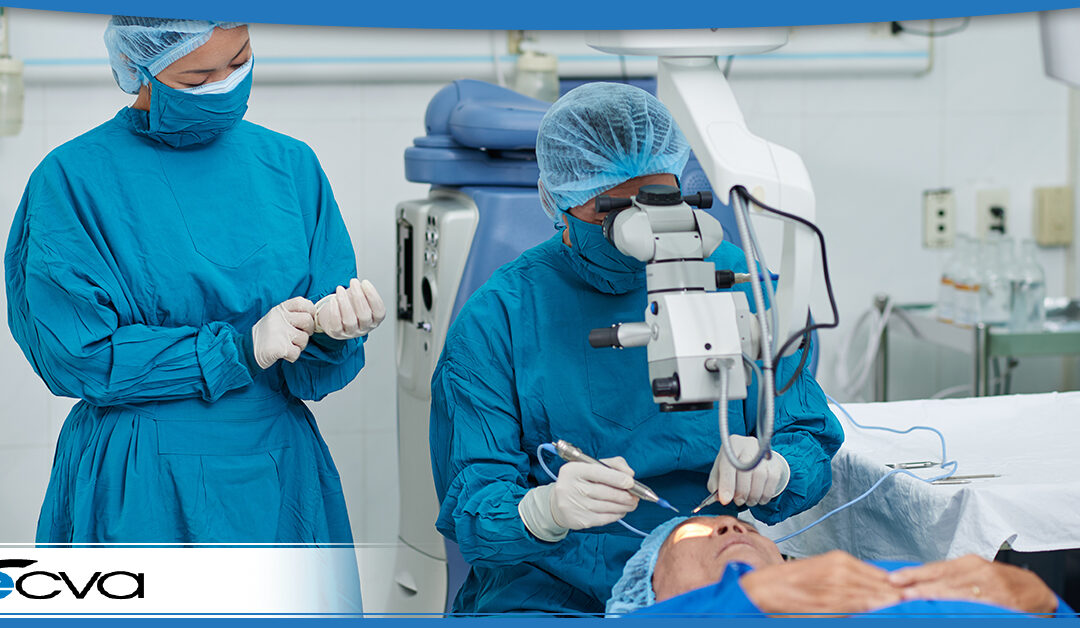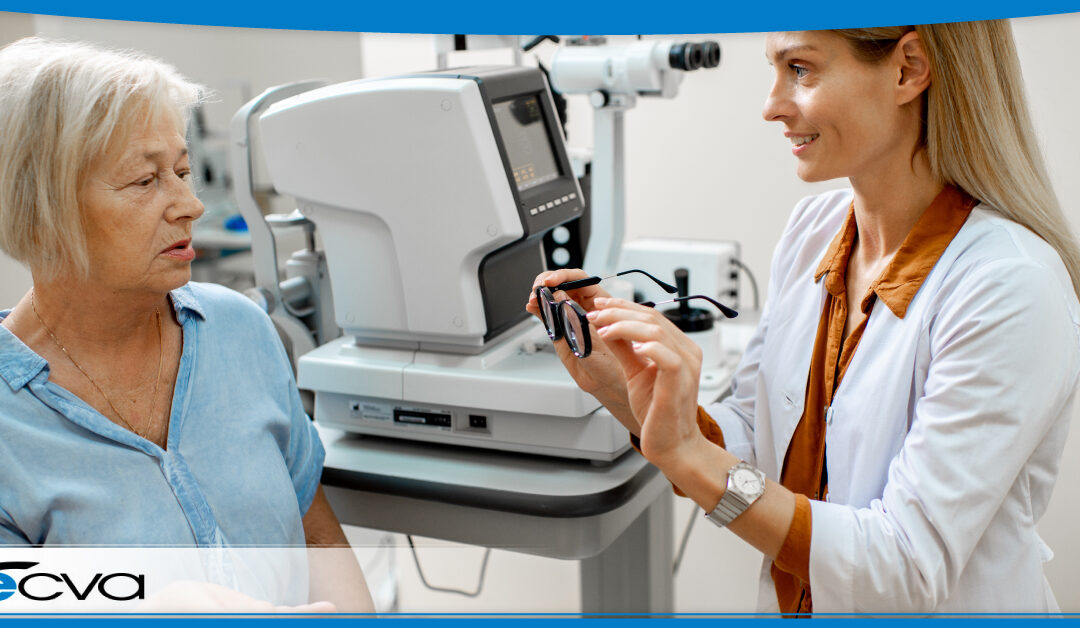by ecvaeyeadminz | Jun 22, 2023 | Cataracts
Myths persist about cataract surgery, even though it’s one of the most common and safest medical procedures in the United States. It makes sense, though; anytime we think about surgery, it’s frightening, but to consider an eye operation is even more daunting. Yet...

by ecvaeyeadminz | Jun 7, 2023 | Cataracts
Whether you recently learned that you have cataracts and want to prepare or are getting ready for cataract surgery, understanding your out-of-pocket costs is essential. The most common question for those with insurance is whether their policy covers cataract surgery....

by ecvaeyeadminz | May 31, 2023 | Cataracts
Half of Americans aged 80 or older have cataracts or had surgery to remove them. Cataract surgery is one of the most common medical procedures in the United States. Cataract surgery is the only corrective treatment for this condition, effective in 97% of cases for...

by ecvaeyeadminz | May 11, 2023 | Cataracts
The idea of a simple home treatment is incredibly appealing to patients with cataracts. As a result, many people look for information about cataract eye drops, hoping that there’s a product available that can clear cataracts away. While new treatments are always in...

by ecvaeyeadminz | Apr 26, 2023 | Cataracts
Cataract surgery is one of the most common surgical procedures in the world. In the U.S., 3.7 million people yearly have this life-changing surgical procedure. Cataract surgeons in Buffalo, NY, perform hundreds of these procedures routinely each year. The process of...

by ecvaeyeadminz | Apr 20, 2023 | Cataracts
Cataracts cause the eye’s lens to become cloudy, reducing visual acuity. During cataract surgery, the use of an intraocular lens (IOL) to replace the clouded lens restores clarity, leading to better vision. Most eye care providers offer several options for IOLs....





